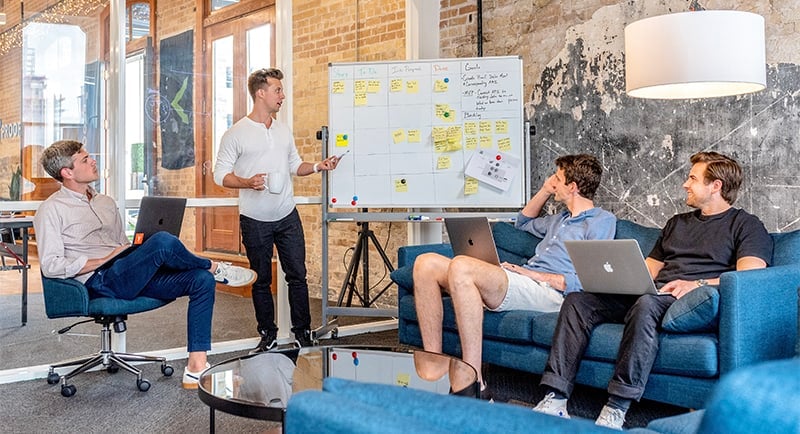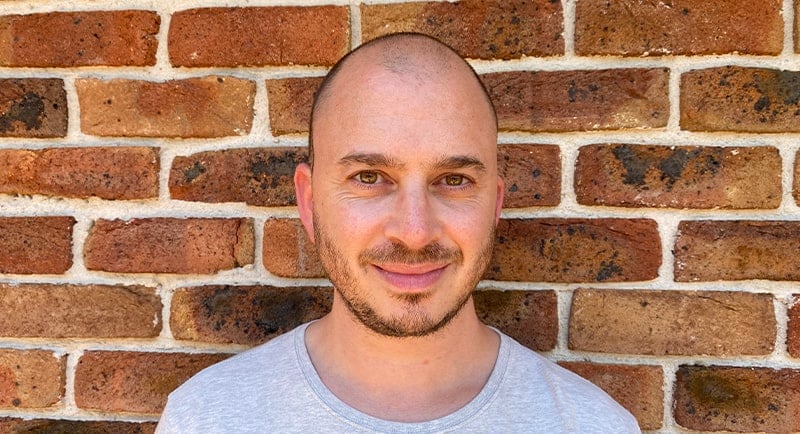By Adam Ross, creative strategy lead for Coca-Cola ASEAN & South Pacific
Having “grown up” agency-side, one of the biggest shifts in thinking when I moved client-side was that I’m neither directly selling nor buying ideas. I play in the middle; shaping, guiding and pushing the work. As a football fan, I liken it to playing the “trequartista” role – a creative playmaker playing in the spaces between midfield and attack, linking the play together to create and score chances.
I was recently asked how to motivate an agency and give feedback if the work isn’t great. My point of view comes from a value I hold dear; focus on give over get. Yes, we want to get great ideas. But to do that, we have to focus on what we can give.
That starts with the brief.
Is it clear, succinct, single-minded and inspiring? Is there a clear strategic direction?
Have we all aligned on the proposition we want the creative idea to demonstrate or dramatize, or are we trying to find that in the execution? Have we agreed on how we’ll evaluate the work?
If no one notices the work, nothing happens. So primarily, to borrow from George Tannenbaum, will it stop you?
If it does, then how will we make sure people know it is us talking?
Then, will this idea make people feel anything? Because evoking an emotional response increases the depth of memory processing, retrieval and sharing. Or as Claire Strickett wrote, “Emotion is the ink memories are written in,” which has stayed with me since I first read it.
We should have a shared definition of what “great” actually is to remove subjectivity when evaluating the work.

Heineken’s Creative Ladder and Leo Burnett’s Humankind Scale are both great tools to give a shared language for everyone who touches the work. And I recently saw Telstra’s version, the “Creative Dial” that Brent Smart obsessively uses to systemise creativity.
Once the brief is right, we then need to give the right conditions for creativity to thrive.
Ultimately, brief well and get out of the way.
Part of briefing well is asking how the creatives feel about the challenge. We should think of our brief as the first execution of the campaign and the creative team as the target audience.
Do they find it exciting? How might we frame it differently? How can we make the brief itself more memorable so it stays in their mind even when they’re not working on it?
Sometimes when we’re feeling the pressure, we’re tempted to ask for regular check-ins that instead of helping, actually get in the way of the messy process of how ideas are born.
Instead of locking in “ta-da” type presentations, we should be available for more informal conversations about the ideas as they’re forming.
In those conversations, it’s best to be honest and direct. Don’t say “Yeah yeah yeah this is all great” in the room and then send an email the next day with 100 revisions.
If something’s not working, say so. Say why and explain the problem that needs to be solved. Don’t let them keep tweaking an idea we know won’t work. Be clear and focus them and their creative energy on where we need a solution. We shouldn’t give in to the temptation to offer that solution, that’s what the experts are for.
There’s a brilliant (amongst many) Dave Trott quote where he says, “You don’t buy a dog and bark yourself.”
And we shouldn’t be like a schoolteacher marking someone’s homework. Ask questions to help understand what the team is trying to convey in the work that we might not be seeing.
With all creative work, the creatives are putting a part of themselves into it, which means when it is critiqued, it can be hard for them to not take feedback personally. So, we should make a clear distinction that we are critiquing the work, not the people behind it.
Remember these are real people with real lives. The work might not be where we want it yet, but they likely gave up time with their family or friends to deliver it.
So communicate with kindness, be clear and be open.
And remember this is the fun bit, so enjoy it.
–
Adam is the creative strategy lead for Coca-Cola across the ASEAN & South Pacific region.
He’s been client-side for the last five and a bit years, having previously led creative and strategy teams in both media and creative agencies.
He’s responsible for the creation and delivery of creative strategy, concepts and ideas (globally, regionally and locally), translating and elevating global core creative ideas regionally and locally, leading a regional team of Content Managers, managing multiple agencies around the world and driving thought leadership and capability building across the business.
